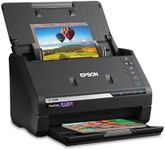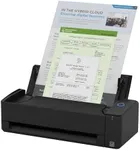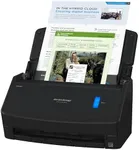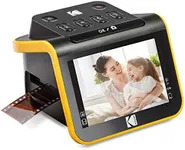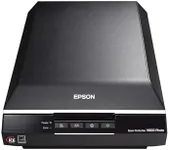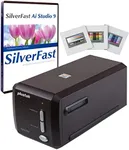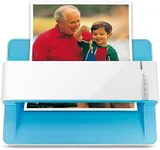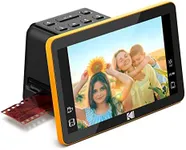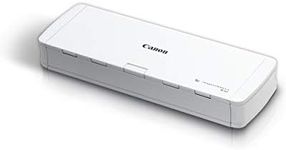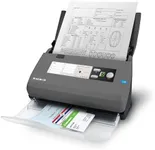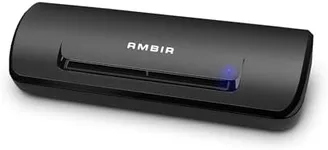Buying Guide for the Best Photo Digital Scanners
Choosing the right photo-digital scanner can be a game-changer for preserving your memories and digitizing important documents. The right scanner will depend on your specific needs, such as the type of photos or documents you want to scan, the quality you require, and how you plan to use the scanned images. Understanding the key specifications will help you make an informed decision and ensure you get the best scanner for your needs.ResolutionResolution is measured in dots per inch (DPI) and indicates the level of detail the scanner can capture. Higher DPI means more detail and better quality scans. For general photo scanning, a resolution of 300-600 DPI is usually sufficient. If you need to scan photos for professional use or large prints, look for a scanner with a resolution of 1200 DPI or higher. Consider your end use: if you need high-quality prints or detailed enlargements, opt for higher DPI; for web use or small prints, lower DPI will suffice.
Color DepthColor depth, measured in bits, determines the number of colors a scanner can capture. Higher color depth means more accurate and vibrant colors. Most photo scanners offer 24-bit color depth, which is adequate for most users. However, for professional photo editing or archival purposes, a 48-bit color depth is preferable as it captures more color nuances and details. Choose based on your need for color accuracy and detail in your scanned images.
Scan SpeedScan speed refers to how quickly a scanner can digitize a photo or document. It is usually measured in pages per minute (PPM) or seconds per scan. Faster scan speeds are beneficial if you have a large volume of photos or documents to scan. For occasional use, scan speed may not be as critical. Consider how often and how much you plan to scan: for high-volume scanning, prioritize faster speeds; for occasional use, slower speeds may be acceptable.
ConnectivityConnectivity options determine how you can connect the scanner to your computer or other devices. Common options include USB, Wi-Fi, and sometimes Bluetooth. USB connections are reliable and fast, suitable for most users. Wi-Fi connectivity allows for wireless scanning, which can be convenient if you want to scan directly to cloud services or multiple devices. Choose based on your workflow: if you prefer a wired, stable connection, go for USB; if you need flexibility and convenience, consider Wi-Fi.
SoftwareThe software that comes with the scanner can greatly affect your scanning experience. Good software can offer features like automatic color correction, dust and scratch removal, and easy file organization. Some scanners come with bundled software that provides advanced editing tools and integration with cloud services. Evaluate the software based on your needs: if you require advanced editing and organizational tools, look for scanners with robust software packages; for basic scanning, simpler software may suffice.
Size and PortabilityThe size and portability of a scanner can be important depending on your workspace and how you plan to use it. Desktop scanners are larger and typically offer higher quality scans, suitable for home or office use. Portable scanners are smaller and can be easily carried around, ideal for on-the-go scanning. Consider your space and mobility needs: if you have a dedicated workspace, a larger desktop scanner may be best; if you need to scan in different locations, a portable scanner is more practical.
Media HandlingMedia handling refers to the types of media a scanner can process, such as photos, documents, slides, and negatives. Some scanners are versatile and can handle multiple media types, while others are specialized. If you need to scan a variety of media, look for a scanner with versatile media handling capabilities. If you only need to scan photos or documents, a specialized scanner may be more suitable. Assess the types of media you plan to scan and choose accordingly.
